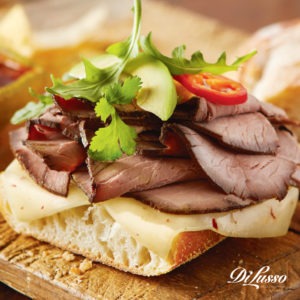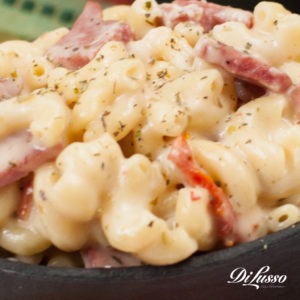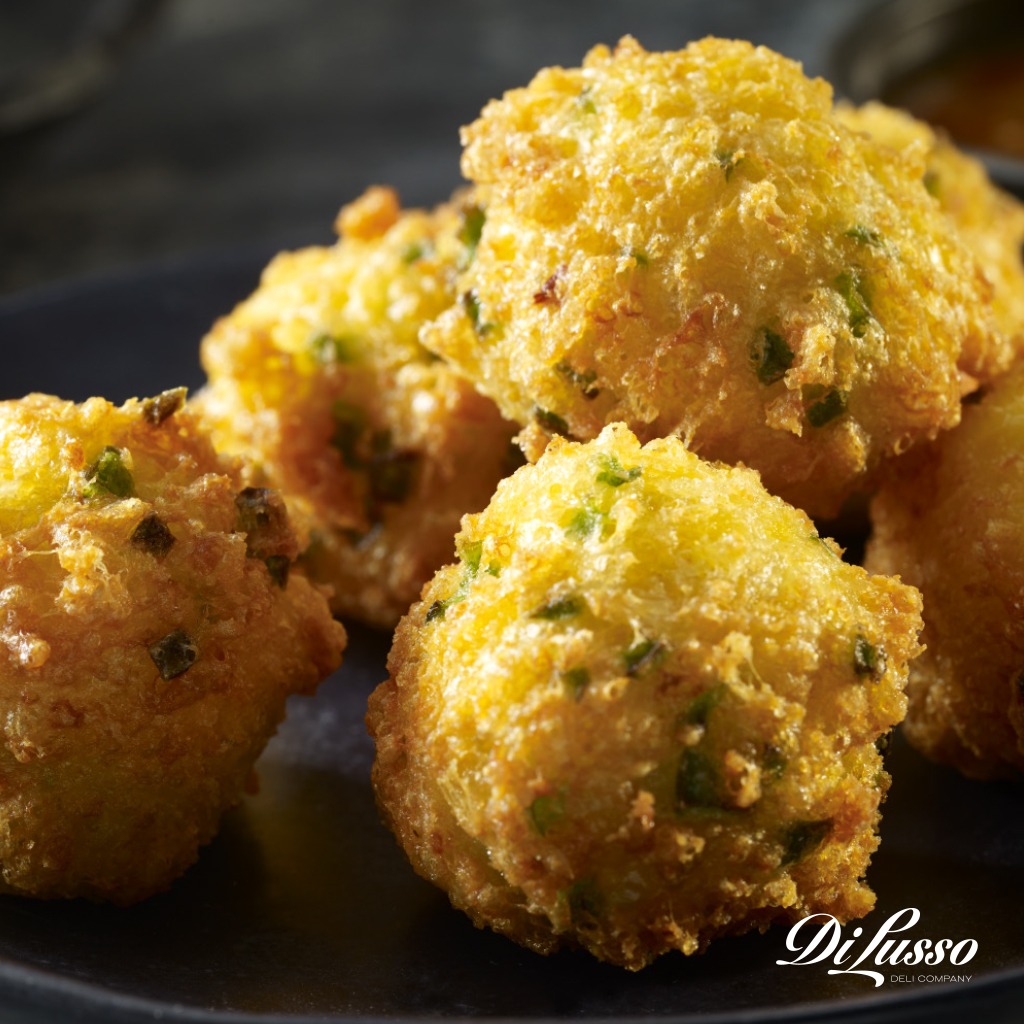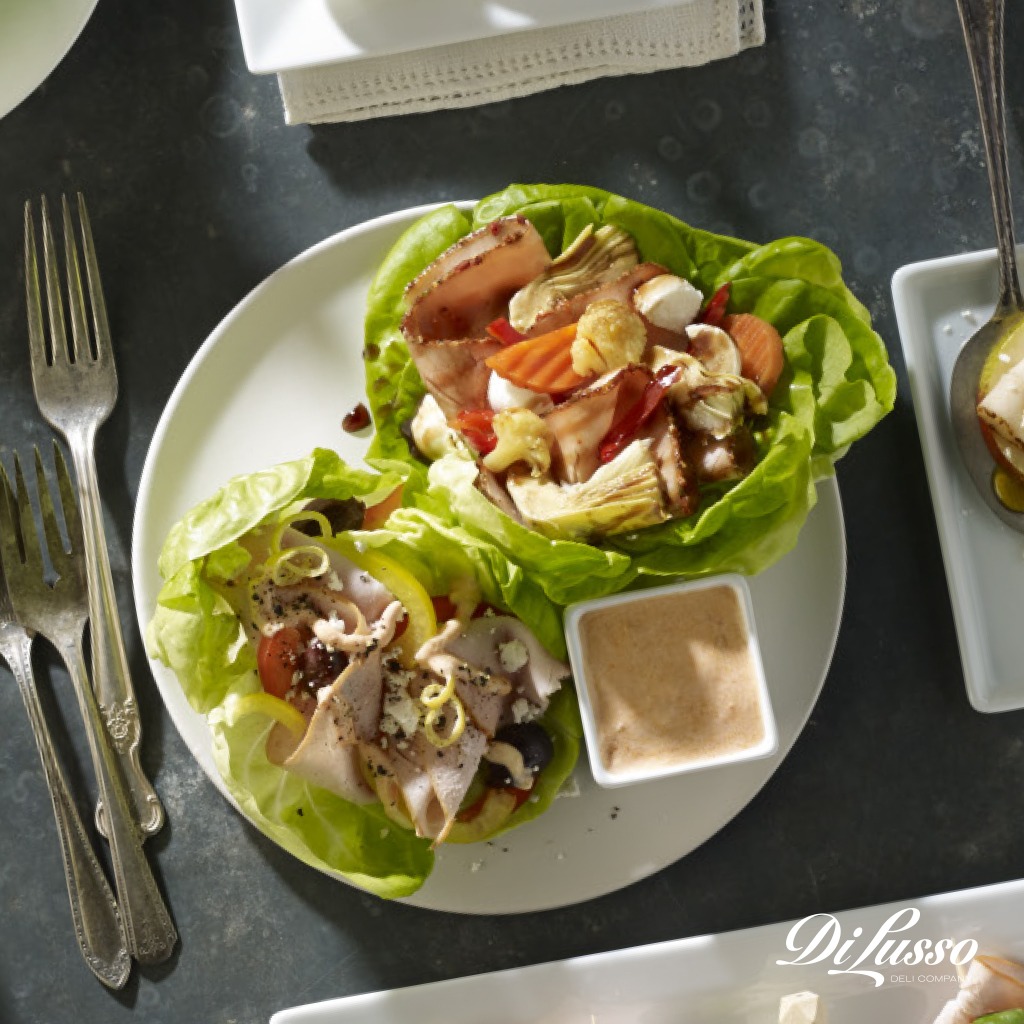Inspirations filtered by category:
Spark your creativity with these classic food musings and take your taste buds on a flavor adventure.
-

Delicious Destinations With Di Lusso Deli Company
Travel without leaving your kitchen table with these favorite global recipes the whole family can enjoy from Di Lusso Deli Company.
-

Kid-Friendly, Parent-Easy Eats
Quick and simple recipes using deli meats and cheeses that are fun and delicious for kids and simple and satisfying for parents.
-

The Tastier Tailgate
Menu ideas, recipes, drinks and more for planning the best tailgating party ever.
-

Wine & Food Pairings For Every Occasion
To wine or not to wine? That is not the question. The real question is what to nosh on while you sip. So we put together this quick reference guide to help you pair the perfect wine with the perfect food and the perfect occasion. Cheers! Sweet White Wines: Riesling, Moscat Bla…
-

10 Unexpected Ways To Eat Sliced Turkey (No Sandwiches Allowed)
Don’t even think about reaching for the sandwich bread until you’ve scrolled all the way through this post. You’re going to find turkey in the most unexpected, yet delicious, places. And you’re going to want to try at least one of these recipes for a spin. Tuck It Into T…
-

4 Savory Breakfast Ideas
Breakfast is known for its sweet dishes, but sometimes only a savory breakfast will satisfy your taste buds. We’ve been there many times. So we turned famously sweet morning meals into cheesy, garlicky, herb-y creations you can make on busy weeknights, lazy Sundays and anytime in…






